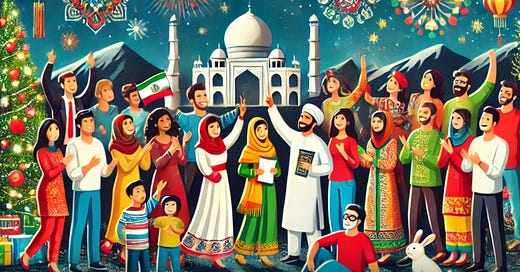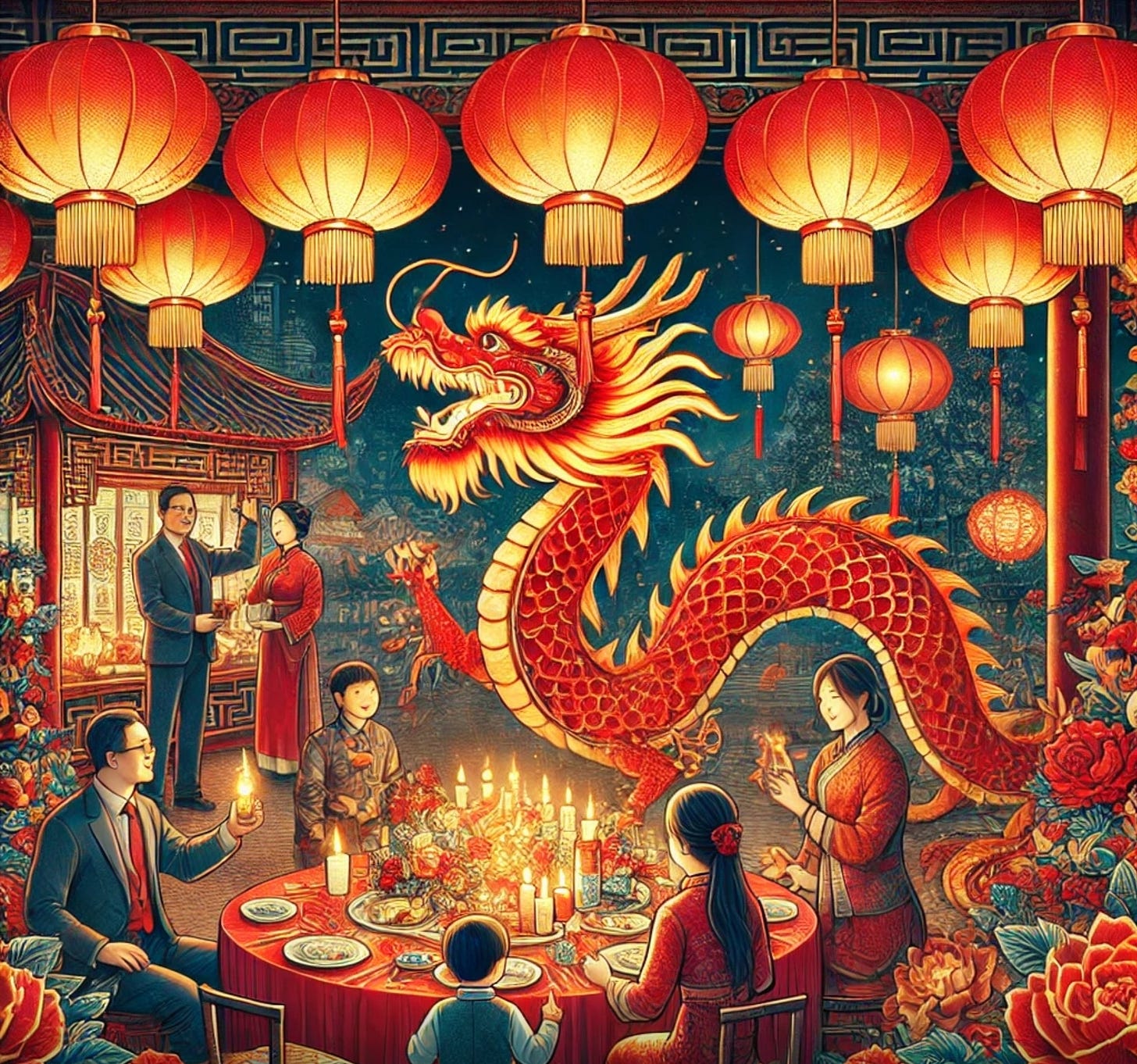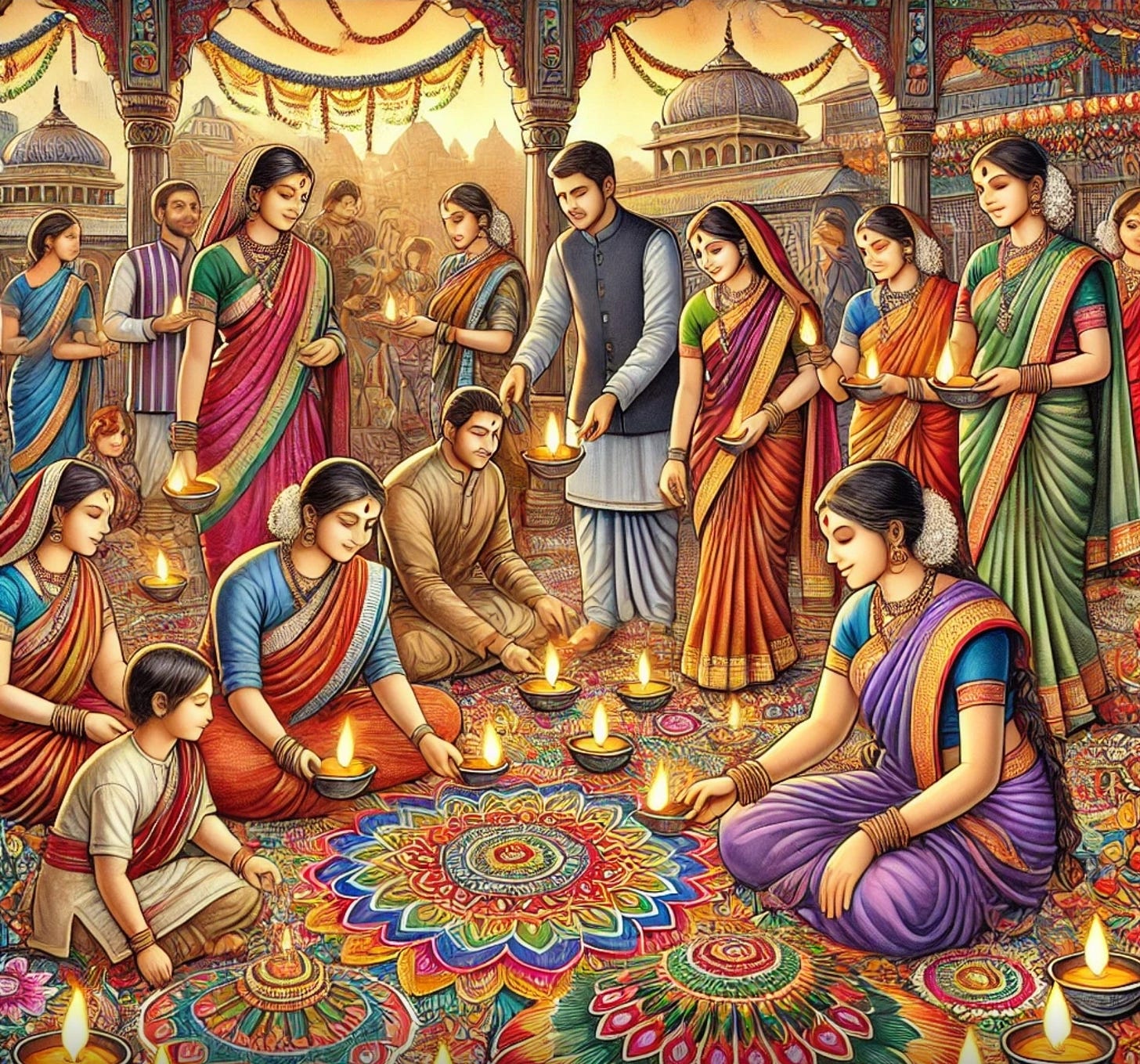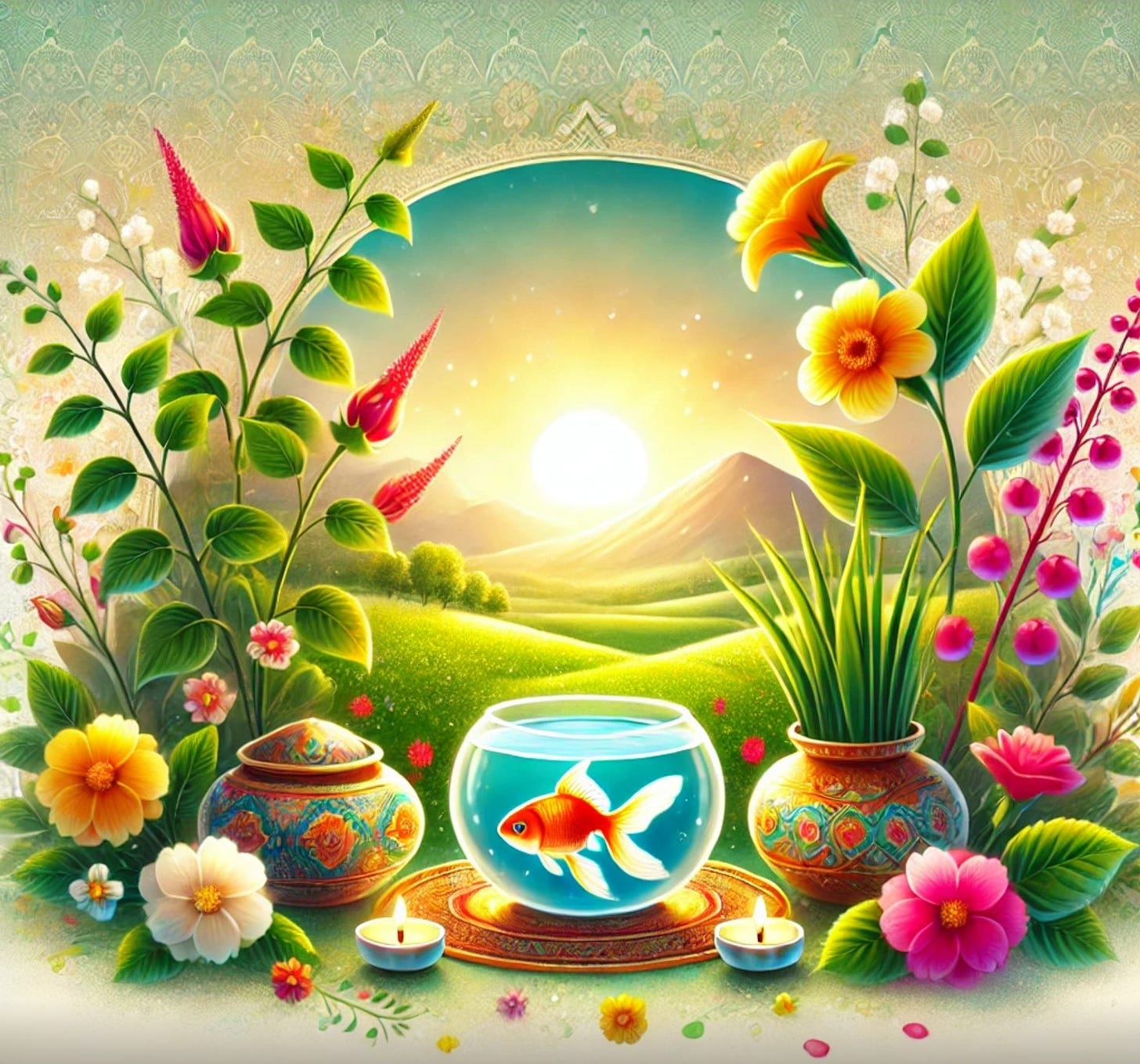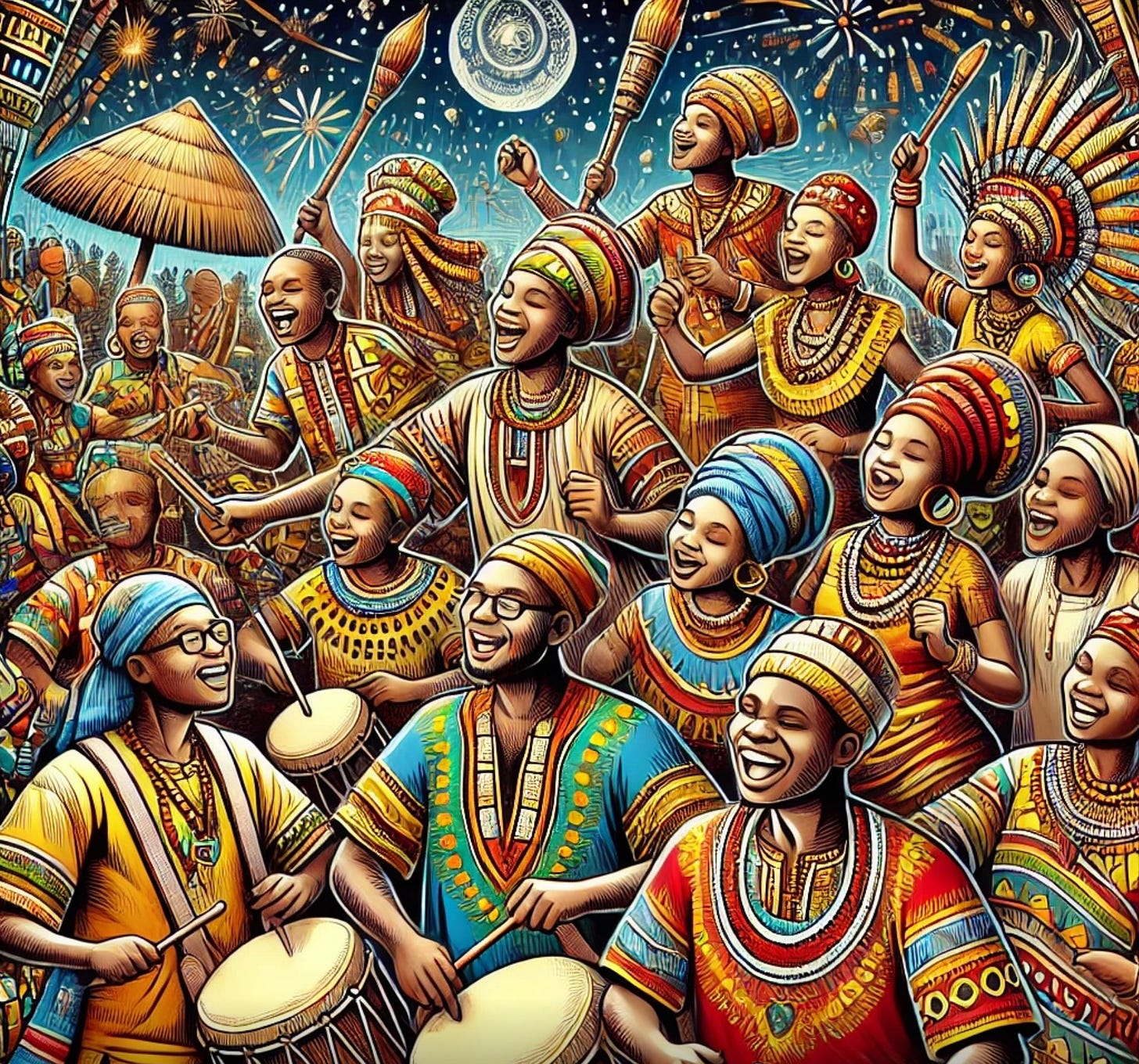As I prepare for the clock to strike midnight tonight and for us to cross the threshold into another year, I find myself in a reflective and celebratory mood. This evening, I'll be surrounded by friends, family, and the promise of new beginnings. Yet, as I think about the significance of the New Year, I am reminded that this seemingly universal celebration is deeply rooted in cultural and religious conceptions of time.
The Gregorian calendar, the system most of the world follows today, is inextricably linked to the birth of Jesus Christ. Its timeline places the event of Christ’s nativity at its center, defining the years as "Before Christ" (B.C.) and "Anno Domini" (A.D.), meaning "in the year of our Lord." Even as modern conventions shift to more neutral terms like BCE (Before Common Era) and CE (Common Era), the foundation remains unchanged. In essence, when we celebrate January 1st as the New Year, we are honoring a framework of time that is deeply Christian in origin.
But humanity's understanding of time and celebration is far more diverse than the Gregorian calendar suggests. Many cultures around the world mark the passage of years on different days, according to their own calendars and traditions.
The Chinese New Year, based on the lunar calendar, is celebrated in late January or early February and ushers in the new year with a focus on family reunions, symbolic foods, and the vibrant energy of dragon dances and red lanterns. The Persian New Year, Nowruz, aligns with the spring equinox and symbolizes renewal and rejuvenation, with traditions that emphasize cleanliness, nature, and the rekindling of bonds. The Jewish New Year, Rosh Hashanah, marks the beginning of the Hebrew calendar year and involves solemn reflection, prayer, and the blowing of the shofar. In India, different regions celebrate New Year's Day at different times of the year based on their local calendars, with festivities like Diwali, Ugadi, or Vishu highlighting themes of light, prosperity, and renewal.
Each of these celebrations reflects a unique cultural worldview, shaped by geography, history, and spirituality. Despite their differences, they all embody a shared human longing: the desire to mark the passage of time, honor traditions, and look forward with hope.
Haft-Seen
The Persian New Year, Nowruz, celebrated at the spring equinox, includes a tradition called Haft-Seen. Nowruz is a 3,000-year-old celebration rooted in Zoroastrian traditions, marking the beginning of the Persian calendar year. It is celebrated in Iran and across the Persian-speaking world, including parts of Central Asia, the Caucasus, and the Middle East. It incorporates various customs, such as Chaharshanbe Suri (jumping over bonfires to purify the spirit) and Sizdah Bedar (a picnic on the 13th day of the new year to release bad luck).
The Haft-Seen ("Seven S's") is a symbolic arrangement of seven items, each beginning with the letter "S" (س) in Persian. These items are displayed on a table to welcome the new year, symbolizing life, growth, prosperity, and renewal. The seven items traditionally include:
1. Sabzeh (سبزه) - Sprouted wheat, barley, or lentils, symbolizing rebirth and growth.
2. Samanu (سمنو) - A sweet pudding made from wheat germ, representing power and strength.
3. Senjed (سنجد) - Dried oleaster fruit, symbolizing love.
4. Seer (سیر) - Garlic, representing medicine and health.
5. Seeb (سیب) - Apples, symbolizing beauty and good health.
6. Somāq (سماق) - Sumac berries, symbolizing patience and the sunrise of a new day.
7. Serkeh (سرکه) - Vinegar, representing age and patience.
The Haft-Seen table often includes other items that enrich its symbolism:
Mirror (representing self-reflection)
Candles (representing light and enlightenment)
Goldfish (symbolizing life and movement)
Painted eggs (representing fertility)
Coins (symbolizing wealth and prosperity)
Hyacinth flowers (Sonbol) and other spring blossoms.
As we celebrate the New Year today, let us remember that it is not merely a date on a calendar but a testament to the plurality of human cultures. It is a reminder that while we may follow different rhythms, we are united in our shared need for connection, reflection, and renewal.
So, whether you are counting down to midnight with champagne in hand, lighting lanterns to welcome prosperity, or quietly meditating on the year ahead, I wish you joy, peace, and the blessings of a new beginning. May the New Year, in all its cultural and temporal variations, inspire us to embrace each other’s differences and celebrate the diverse ways we experience this journey of life together.
Happy New Year to all!

